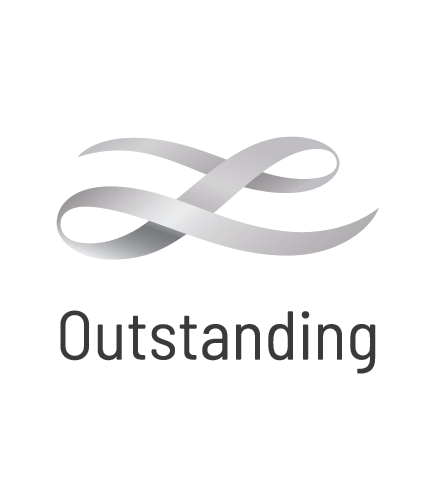Woodlands Cabernet Sauvignon
Our 2010 Cabernet Sauvignon has an intense crimson colour. The nose reveals aromas of mixed spices, dark fruits, and toasty French oak. The palate is deep and powerful; showing a ripe spectrum of red to dark fruits combined with star anise, clove, and allspice. The finish is incredibly long, with firm but fine tannins. We consider our 2010 vintage to be the most complete and complex Cabernet Sauvignon produced at Woodlands.
Henschke Cyril Cabernet Sauvignon
Concentration is the key word for this wine. Super ripe fruit, dense and rich, matured for an extended time in toasty new oak. Complex, vibrant aromas of violets, plums, blackberries and cassis with dried rosemary, thyme and oregano nuances, and a hint of beef stock, cedar and star anise spice. The palate is powerful yet incredibly finely structured with layers of plums, blackberries and red currants, guided by elegant acidity and tannins that integrate with the fruit and lead to a long, fine, beguiling finish. Exceptional vintage, 25+ years (from vintage).
Lake's Folly Cabernet
Australia's first boutique winery, Lake's Folly Cabernets is an Australian wine treasure. More Bordeaux in nature than most, the Cabernets is a wine of pristine purity and elegance. With a sense of place that can be tasted in every bottle across all vintages, Lake's Folly Cabernets is a must have for all serious wine collectors and lovers.
Vasse Felix Tom Cullity Cabernet Malbec
Vasse Felix, Margaret River's founding wine estate, was established by Dr Thomas Brendan Cullity in 1967. Among his first plantings were Cabernet Sauvignon and Malbec vines, from which he produced the estate's first red wine. The Tom Cullity descends from these original vines and represents the pinnacle of Vasse Felix. The inaugural release will be in May 2017, coinciding with Vasse Felix's 50th Anniversary.
Taylors The Visionary Cabernet Sauvignon
This Cabernet Sauvignon gives pronounced flavours of chocolate, red berries and black cherry skins with echoes of light tobacco and bramble on the finish.
Chateau Batailley 5me cru classe
Chateau Batailley is a highly regarded 5th growth classified estate, located in the appellation of Pauillac on the left bank of Bordeaux. Owned by the Castéja family of négociants Borie-Manoux, it is one of the oldest estates in the Médoc. A Cabernet Sauvignon dominant blend with smaller components of Merlot, Cabernet Franc and Petit Verdot, it is a solid, classically structured mid-weight Pauillac displaying fresh notes of cassis and a backbone of fine-grained tannins.
Chateau Beychevelle 4me cru classe
Beychevelle is often described as the Versailles of Bordeaux, due to its spectacular château and gardens. Beychevelles origins go back to the mid-1400s and the estate was renovated and rebuilt in the second half of the 18th Century. It is now owned (since 2011) by the Japanese Suntory company in partnership with Pierre Castel, head of Castel Freres. The 75ha of St-Julien vineyards are planted on deep, gravelly soils 62% Cabernet Sauvignon, 31% Merlot, 5% Cabernet Franc and 2% Petit Verdot and increasingly farmed organically. A striking new glass-walled winery was completed in 2016. Chateau Beychevelle, classified Quatrième Cru (Fourth Growth), is a traditionally-styled Bordeaux wine full of cassis, earth, spice and tobacco notes that ages well.
Chateau Gruaud-Larose 2me cru classe
Chateau Branaire-Ducru 4me cru classe
Chateau Branaire-Ducru is a fourth growth (4ème Cru Classé) St-Julien estate, in the southern area of the appellation. The Grand Vin has a high proportion of Cabernet Sauvignon between 80-85% in most years; one of the highest in the Médoc. The grapes are hand-harvested and undergo a three week post fermentation maceration to build tannin structure before the wine is matured in 60-65% new French oak barriques for 16-20 months. Branaire-Ducru is renowned for producing classic claret wines that are elegant, ripe and well balanced.













